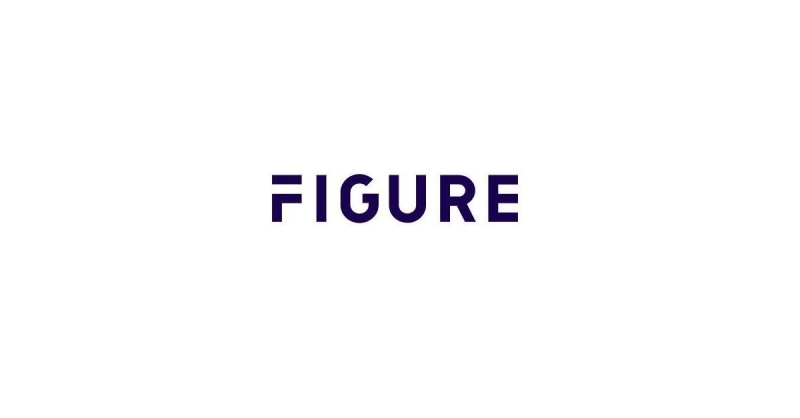
Prices On Fire: High-Risk Homes Go Up In Price, According To Redfin

With more company employees working from home, many Americans flocked to high fire risk areas, causing homes with high fire risks to sell higher than low-risk homes.
- The median sale price of U.S. homes with high fire risk was $550,500 in April, compared with $431,300 for homes with low fire risk.
- Redfin's data observed that many Americans, who are working from home in recent years of the pandemic, are flocking to suburban and rural areas due to larger square footages and to seek refuge from crowded city life.
A new report from Redfin revealed that the median sale price of U.S. homes with high fire risk was $550,500 in April, 27.6% more than compared with $431,300 for homes with low fire risk.
To put that in perspective, in the previous two years, homes with high fire risk sold at a rate of 18.5% or $56,700 more. The median sale price of high-risk homes was up 51.7% in April from two years earlier, while the median sale price of low-risk homes was up 40.9%.
This vast price difference isn’t new when comparing high fire risk versus low fire risk homes. Historically, fire-prone homes tend to sell due to their higher square footage and proximity to metropolitan areas.
Due to the pandemic pushing more office employees to take up work in their own homes, mass relocations to suburban areas led to an increase in the price premium. However, homes in suburban areas are in close proximity to flammable vegetation, such as cypress and juniper.
“Suburban homes tend to be more expensive because they’re large, and demand for large homes skyrocketed during the pandemic as Americans sought respite from crowded city life,” Redfin Senior Economist Sheharyar Bokhari said. “Pandemic buyers also hunted for deals due to surging home prices, and while fire-prone homes aren’t cheaper on average, buyers may feel they’re getting more bang for their buck because they’re getting more space. And for some pandemic buyers, the fire-prone home they bought in suburbia was actually cheaper than their last home because they were relocating from somewhere like San Francisco or Seattle.”
Fire-prone homes also get snatched up faster—revealing the attractiveness of rural areas to pandemic homebuyers. The typical high-risk home sold in 16 days in April, while typical low-risk homes sold in an average of 20 days.
Redfin also observed that sellers of high-risk homes are more likely than sellers of low-risk homes to dramatically drop their listing prices after putting their homes on the market. In April, 21.9% of high-risk listings had price drops, compared with 18.8% of low-risk real estate.
Redfin’s research in the past showed that many house hunters were concerned about climate risk when deciding where to live; however, the latest data proves that oftentimes, it’s not a dealbreaker.



